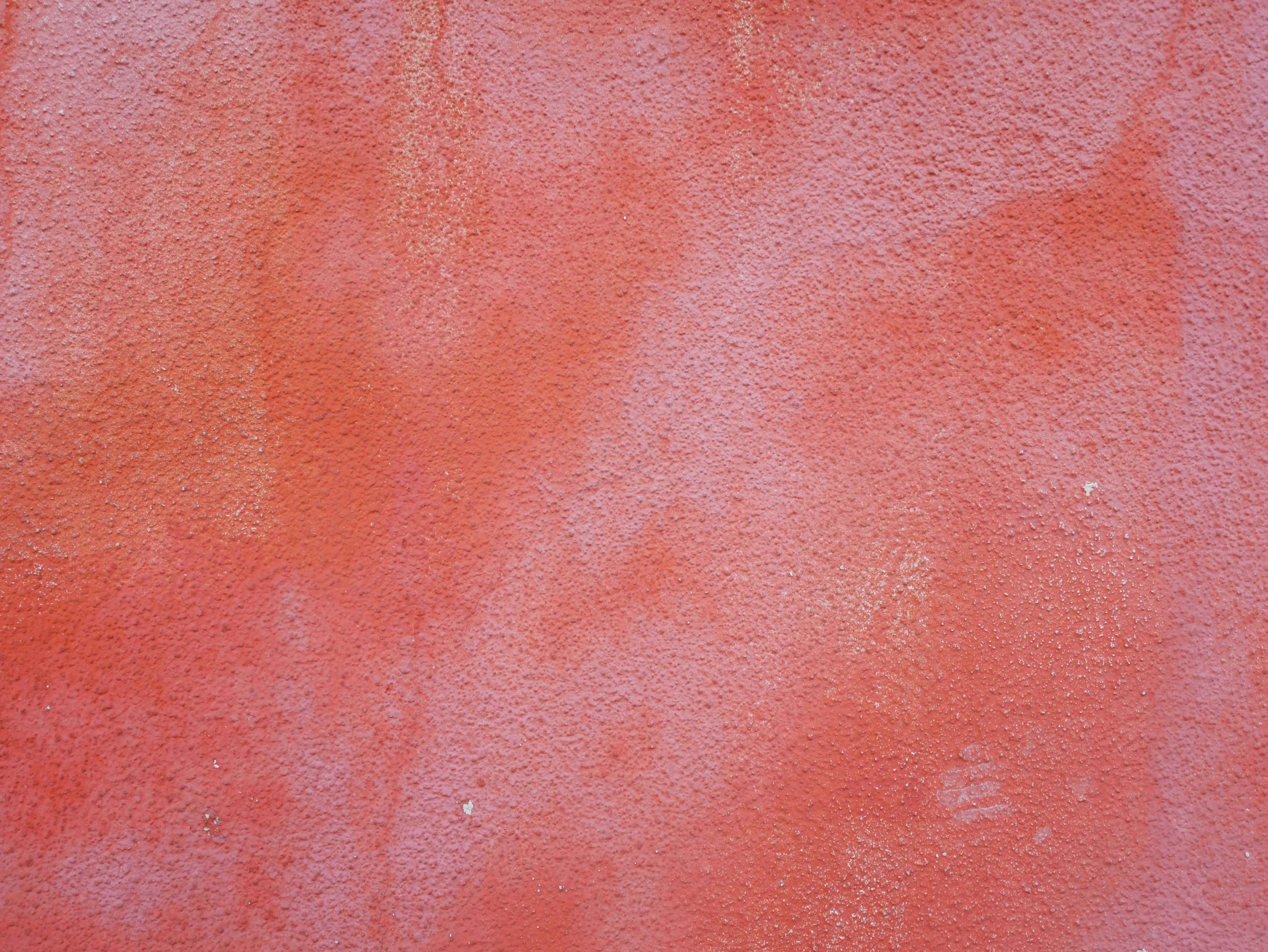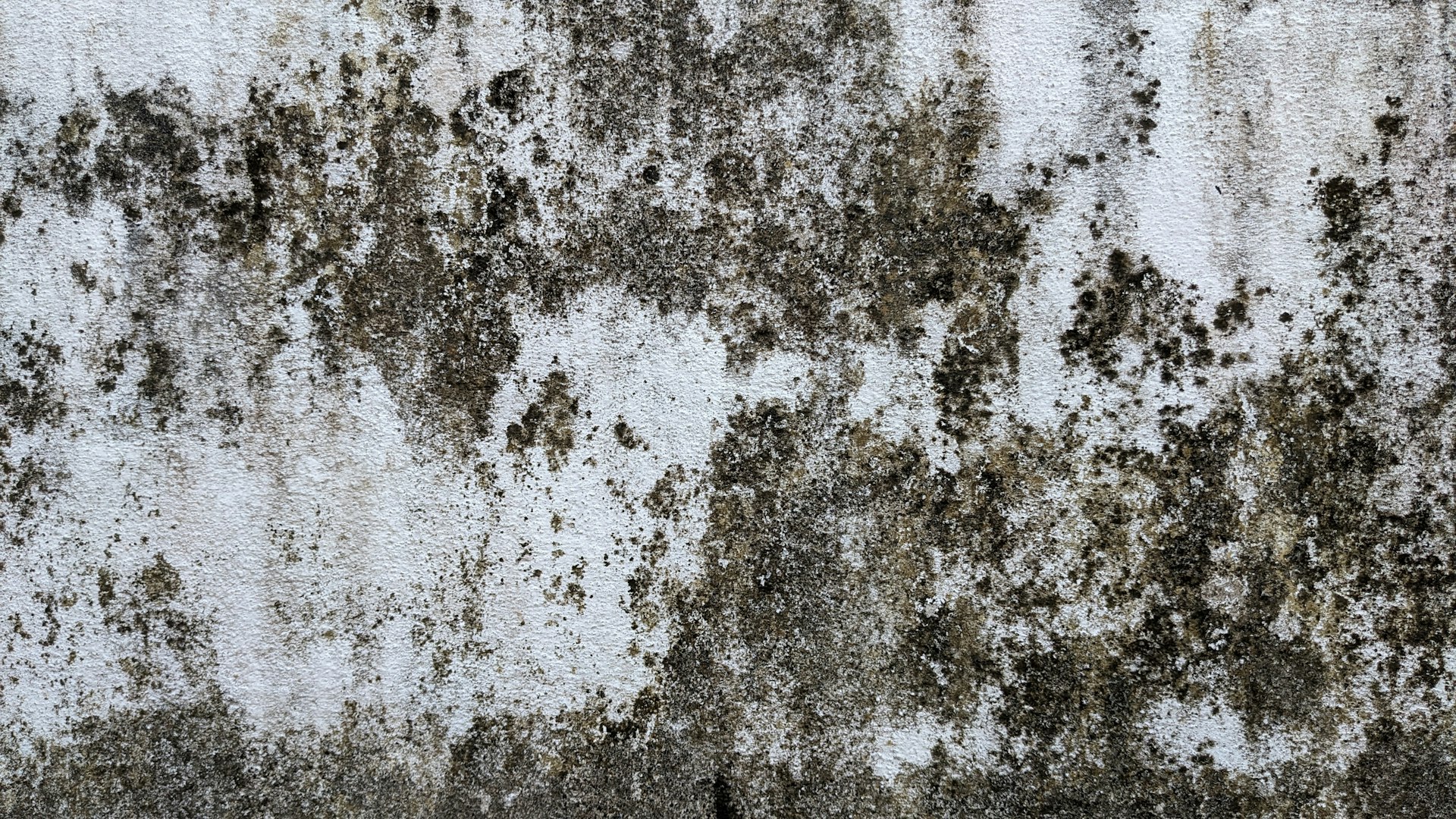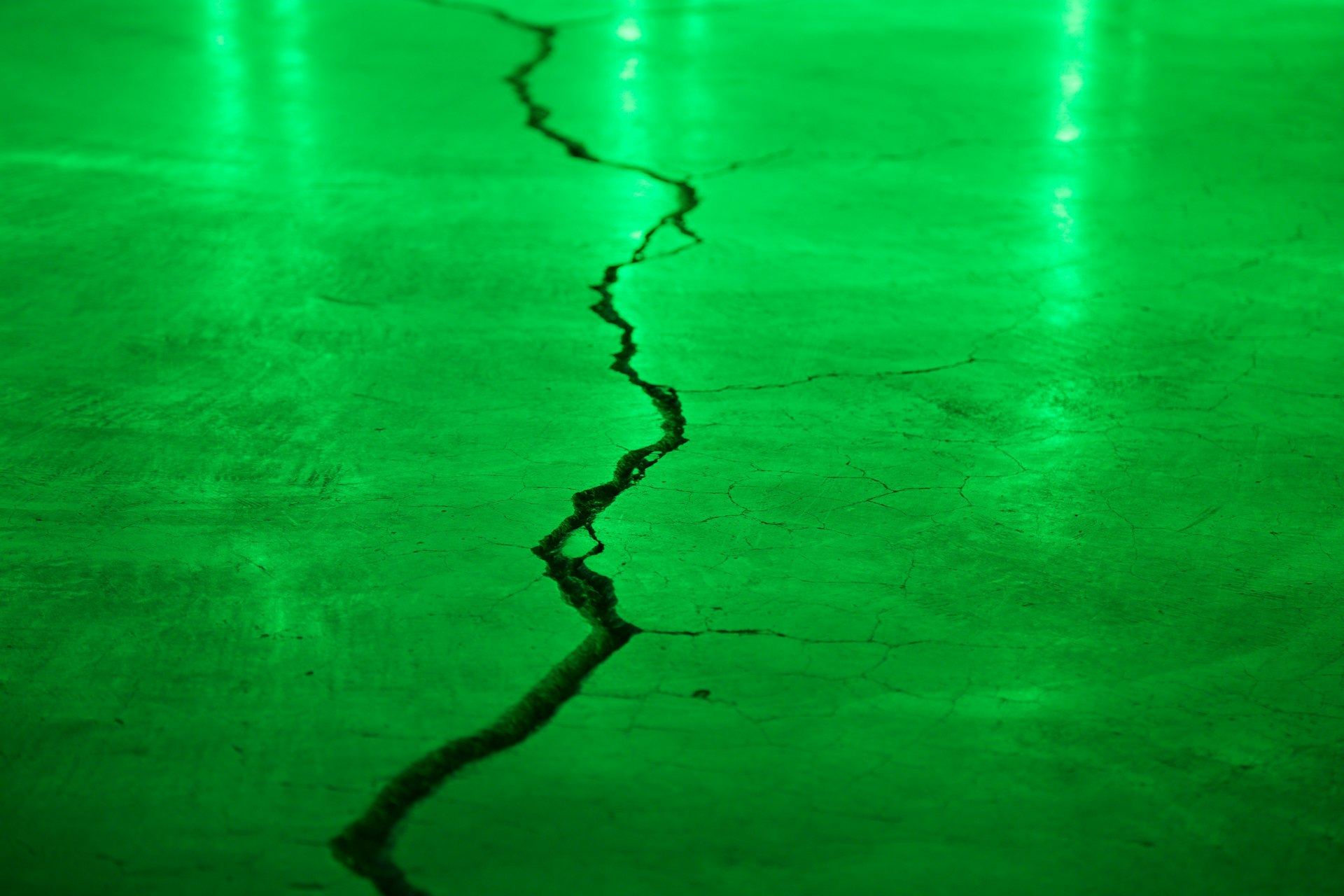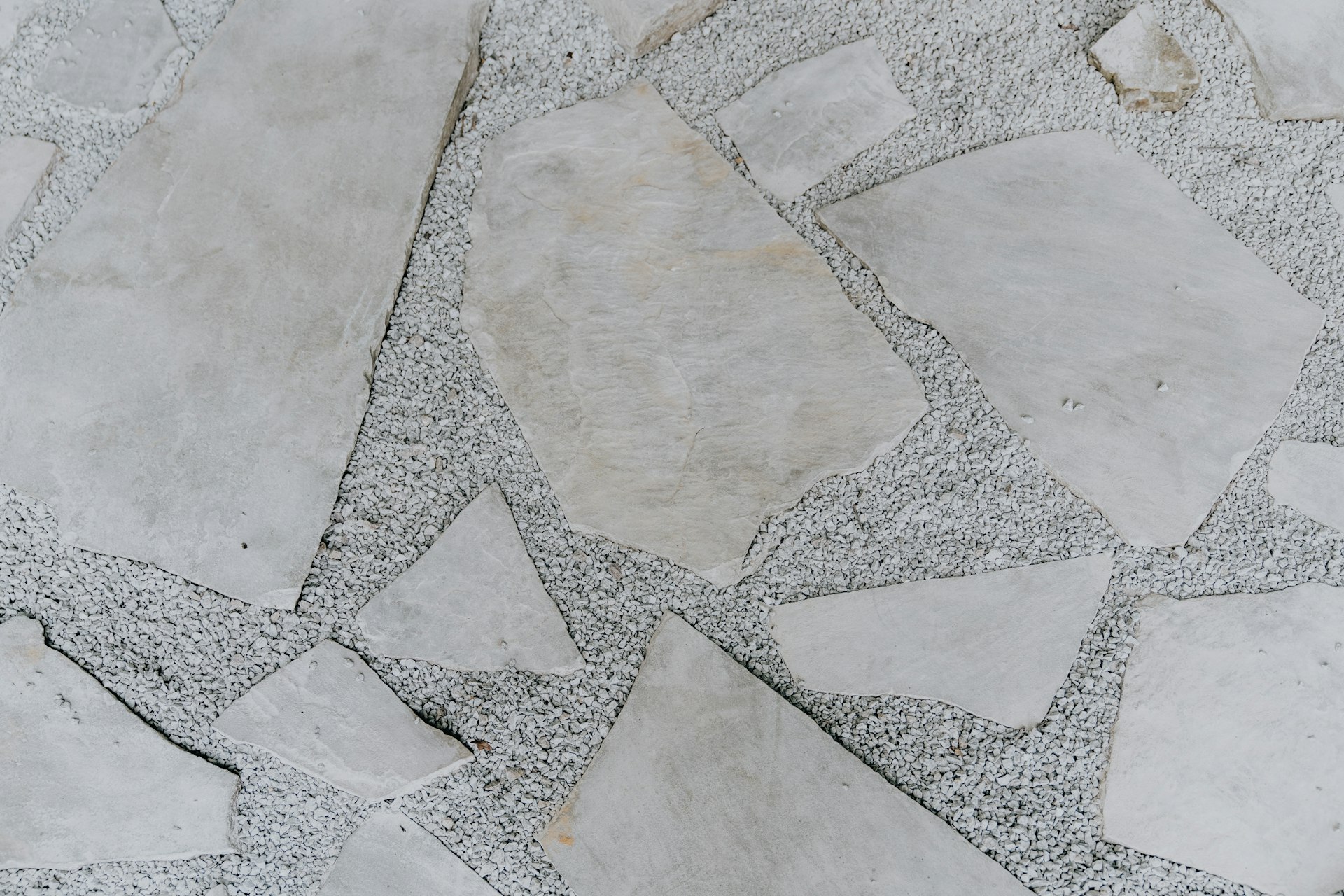Waterproofing for Residential or Commercial Spaces
Waterproofing is a critical aspect of any building project, especially in countries where climate can be unpredictable. A poorly executed waterproofing job can lead to serious structural damage, costly repairs, and health hazards. As a property owner or tenant, it's important to be able to identify the signs of inadequate waterproofing. Here are the signs to look out for, along with tips on how to inspect your building from time to time.
1. Visible Water Stains
Look for discolored patches or water stains on ceilings, walls, and floors. These can range from light yellow to dark brown and often indicate water seepage.
Tip: Check the corners and edges of rooms, as these areas are more susceptible to water accumulation and staining.

2. Mold and Mildew Growth
Mold and mildew appear as black, green, or white patches and are often accompanied by a musty odor.
Tip: Inspect bathrooms, kitchens, and other high-moisture areas. Use a flashlight to check under sinks and in dark corners where mold tends to thrive.

3. Peeling or Bubbling Paint
Paint that is peeling, bubbling, or blistering is a clear indicator of moisture problems beneath the surface.
Tip: Run your hand over painted surfaces to feel for any irregularities. Pay close attention to walls near windows and doors.

4. Cracks in Walls and Floors
Cracks can appear in various sizes and can be found in concrete, plaster, or tile surfaces. They may indicate water infiltration or structural issues.
Tip: Examine the exterior and interior walls, as well as the floor surfaces, for any visible cracks. Note if the cracks are widening over time.

5. Efflorescence
Efflorescence is a white, powdery residue that forms on masonry surfaces due to water-soluble salts being left behind as water evaporates.
Tip: Check the basement, foundation walls, and exterior brick or stone surfaces for any white, chalky deposits.

6. Damp or Musty Smell
A persistent damp or musty odor is often a sign of hidden moisture problems within the building structure.
Tip: Walk through each room and use your sense of smell to detect any unusual odors, particularly in basements and storage areas.

7. Warped or Buckling Floors
Floors that are buckling, warping, or showing signs of moisture damage are a strong indication of poor waterproofing.
Tip: Inspect wooden and laminate floors for any unevenness or lifting. Press down on suspicious areas to check for sponginess.

Tips for Inspecting a Building for ultimate protection:
- Schedule Regular Inspections: Perform routine checks of your property, especially after heavy rains or during the rainy season.
- Use a Moisture Meter: Invest in an inexpensive moisture meter to measure the moisture content in walls and floors. This can help you detect hidden water issues.
- Inspect the Roof and Gutters: Ensure that the roof is in good condition and that gutters and downspouts are clear of debris to prevent water buildup.
- Check Window and Door Seals: Ensure that all windows and doors are properly sealed and that there are no gaps where water can seep in.
- Hire a Professional: If you suspect a waterproofing issue but are unsure of its extent, consider hiring a professional waterproofing expert to conduct a thorough inspection and recommend solutions.
Call GreenBuild Home Solutions for peace of mind! #WaterProofingServicesKenya Call 0700288388